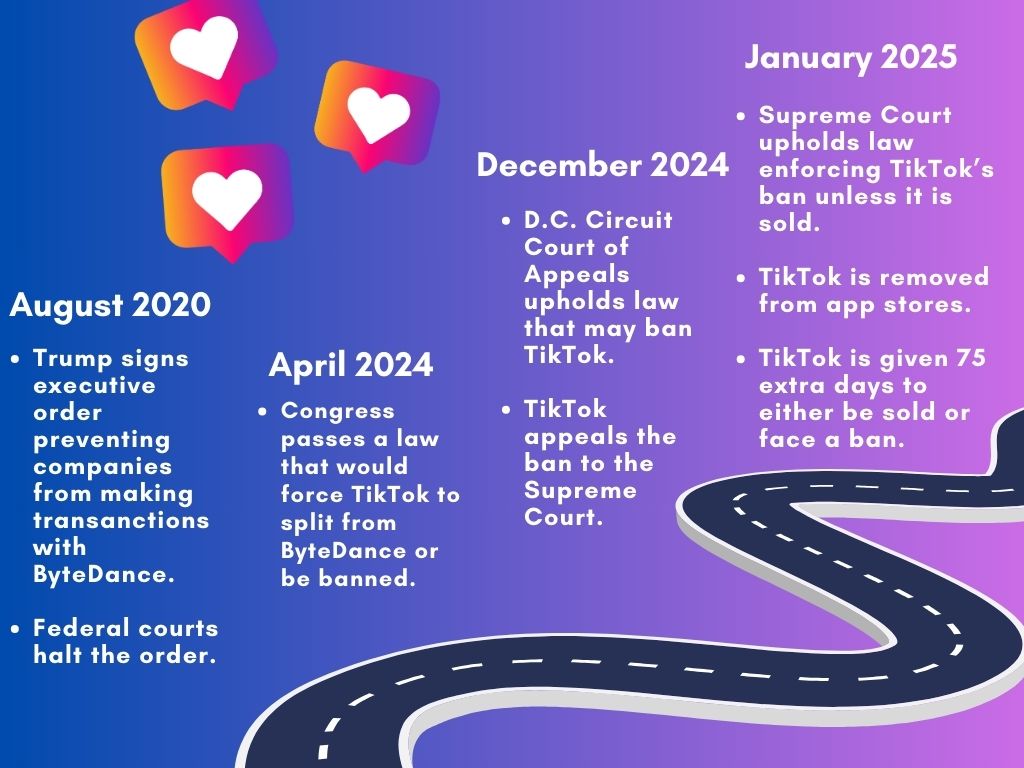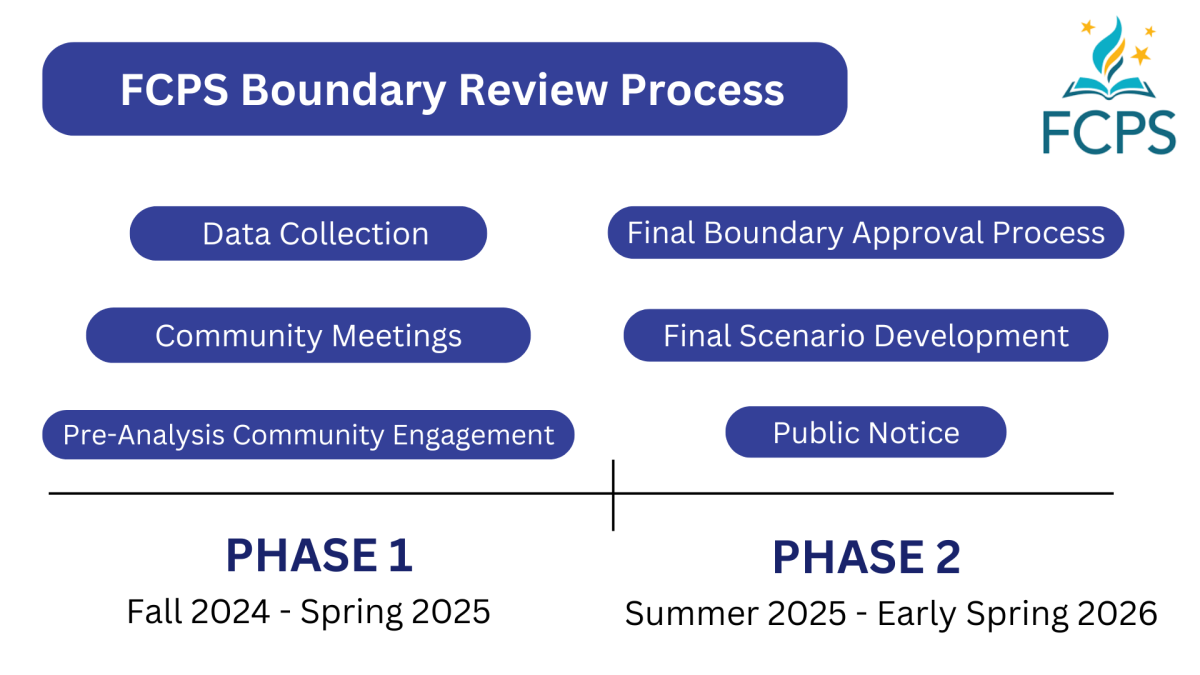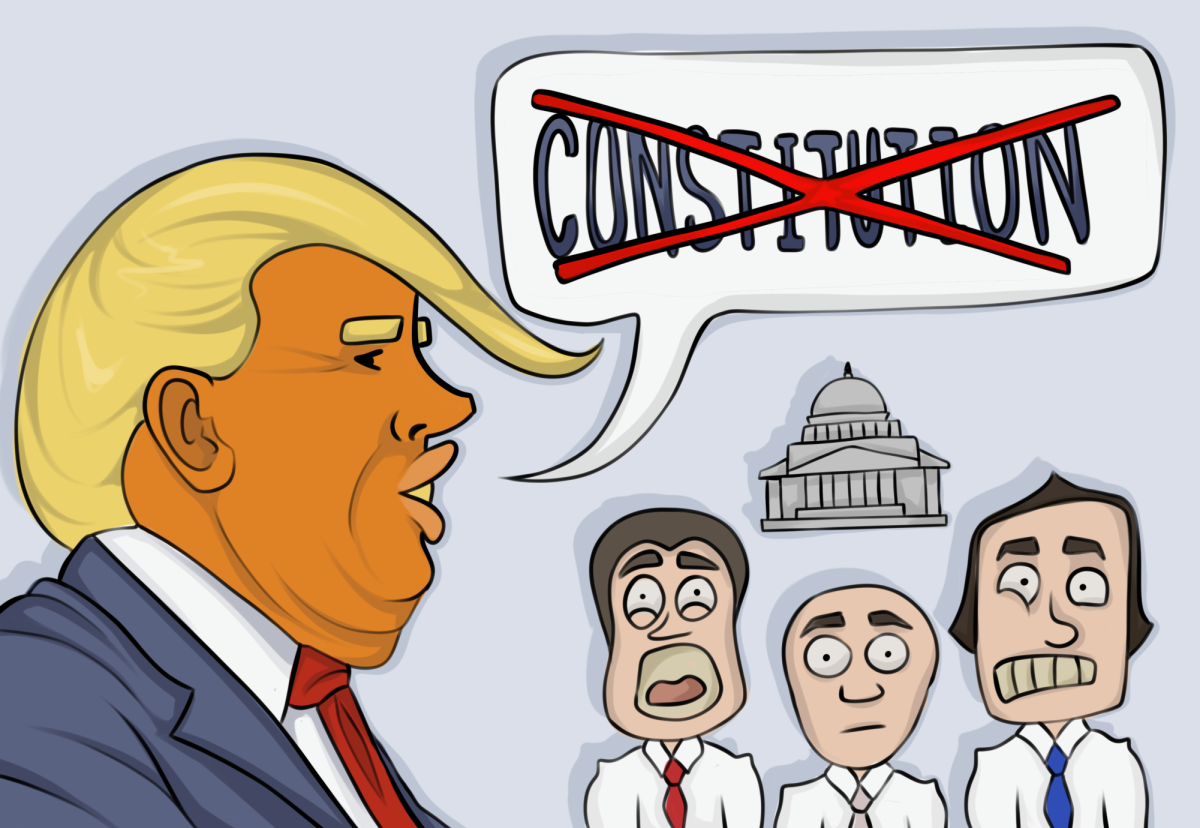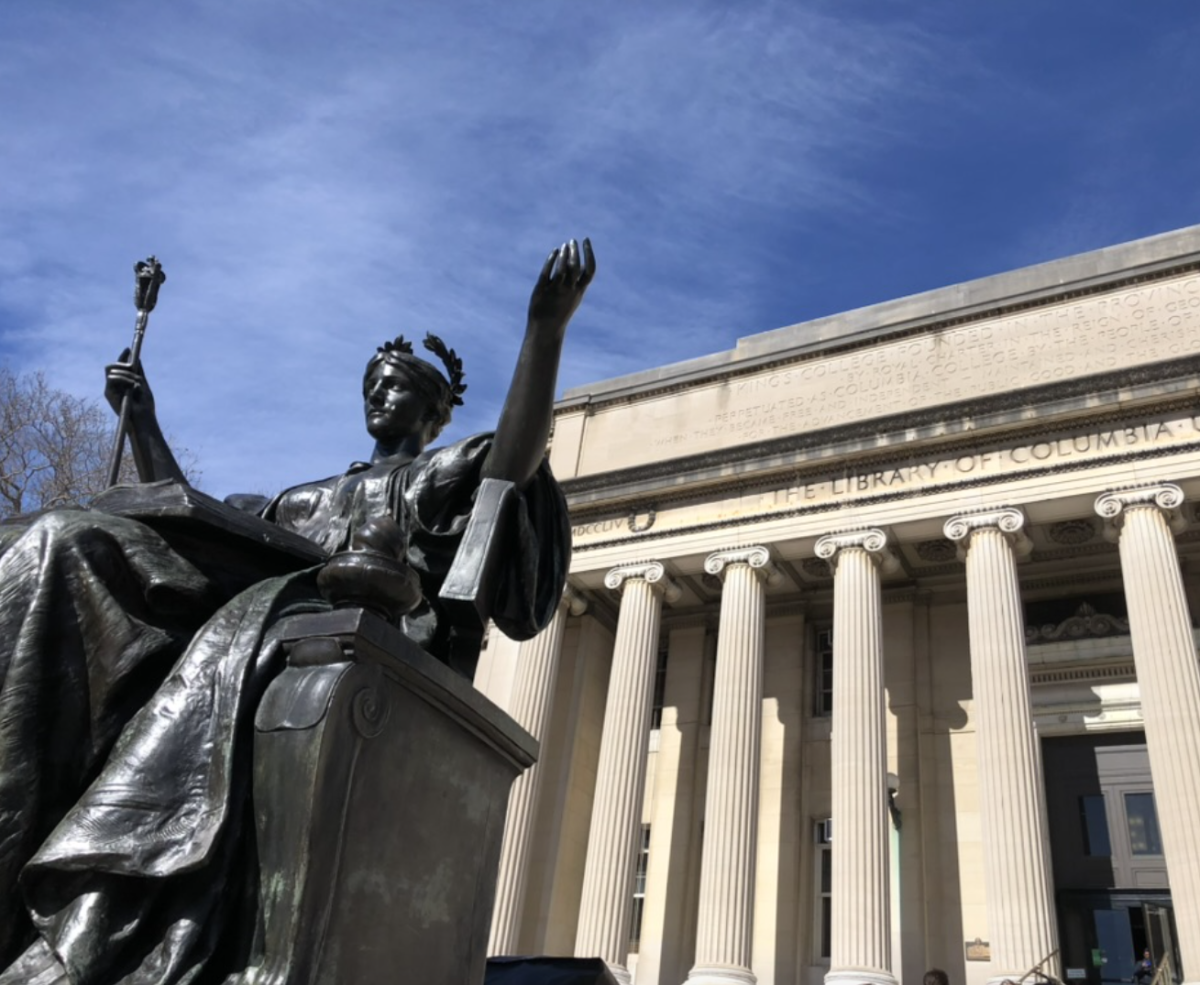Five years ago, the global inequality monitor Oxfam gave Virginia a new uninspiring title: America’s worst state for workers. The designation came as a shock to many—after all, Virginia ranks among the top states in health, education and business. Now, as Virginia’s public workers regain the right to negotiate their contracts with employers through labor unions—or, collective bargaining—in a good step forward, it’s time for the state to go all in and repeal its infamous anti-worker legislation, ironically known as “right-to-work.”
Right-to-work legislation—which now exists across 27 states—came into popularity in the 1940s, banning union security agreements between employees and labor unions, creating a “free rider” problem for unions. Under right-to-work, workers who benefit from union advocacy are not required to pay union dues, depriving unions of resources.
Shortly after the second world war, when the U.S. entered the Cold War, right-to-work, pushed by anti-labor lobbyists like Vance Muse, became the “anti-communist” policy of choice in many states. Muse, a known white supremacist, believed the policy would serve to successfully weaken the fledgling Black working class.
Virginia joined the bandwagon in 1947, passing right-to-work legislation a year after a large utility strike was poised to shake the state. In the decades since, right-to-work has faced opposition from a wide array of figures, from Martin Luther King Jr. to Susan Sarandon.
For teachers, the policy has blocked their ability to secure better pay, smaller class sizes and improved working conditions. In Virginia, where educators face increasing demands yet earn below-average salaries compared to national counterparts, right-to-work laws exacerbate systemic inequities. The inability to robustly organize leaves teachers without the leverage they need to advocate for students.
“If my teachers aren’t treated as a strong force in mobilizing for students’ needs, then students are being failed,” senior Yang Wu said. “Right-to-work isn’t benefiting anyone except big employers.”
Earlier this year, the Economic Policy Institute found that right-to-work laws actually hurt state economies, rather than spurring economic activity as its proponents would hope. Workers in right to work states are paid on average 3.2% less than similar workers in non-right-to-work states. In fact, all ten of CNBC’s top 10 quality of life states are states without right-to-work legislation, and all ten of its worst ranked states currently enforce right-to-work legislation.
There is hope, however. In 2020, Virginia repealed its ban on collective bargaining, leading to major labor advances in Fairfax County, as well as in Richmond and other localities across the state. Now, we should capitalize on those gains by fully repealing right-to-work and redeeming our state.
Right-to-work proponents argue that strengthened worker rights for public employees could put a strain on Virginia’s budget by raising public workers’ benefits and pay. This argument fails to account for the proportional increase in quality, brought about by workers who are excited to serve the public and aware that their voices are strong and well-respected.
Virginia needs to abandon its segregationist-inspired right-to-work policy and set the foundation for a future of worker empowerment wherein we can rank among the best states, not the worst states, for workers.
Categories:
Right to work is wrong for Virginia
Mislabeled union-weakening policy hurts education sector, takes toll on students by extension
Donate to The Highlander
$335
$1000
Contributed
Our Goal
Your donation supports the McLean High School's independent, award-winning news publication.
More to Discover















